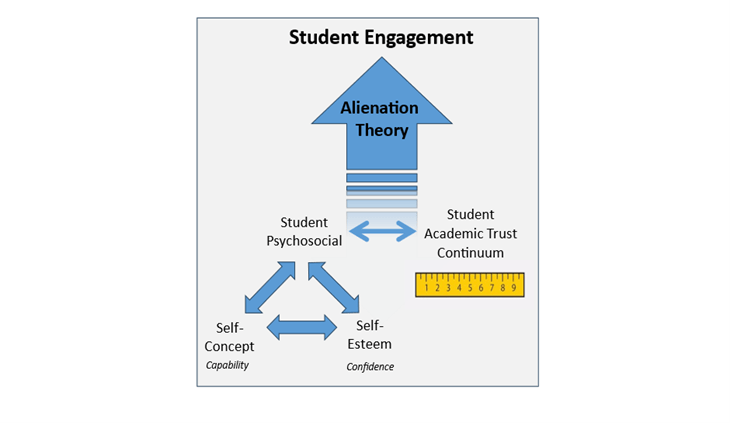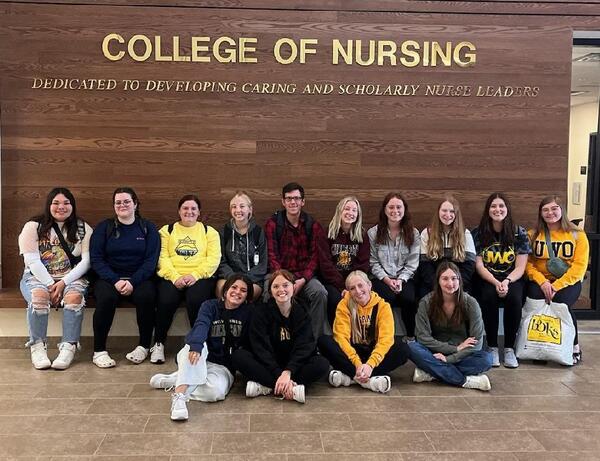California’s community college–to–four-year university transfer pipeline has not delivered the outcomes students need. While 80 percent of community college students intend to transfer, just 19 percent reach a California State University campus within four years. The gap is stark. While there have been numerous statewide efforts to define clear pathways to California State University and the University of California, time and time again it’s taken local innovation and collaboration between sending and receiving colleges to make a real difference.
In Los Angeles, which enrolls a quarter of the state’s students, educators and partners have spent nearly a decade working to support student-centered transfer innovations by focusing attention on implementation of the associate degree for transfer (A.D.T.), a 2+2 pathway intended to offer community college students guaranteed admission to the CSU and an efficient path to graduation. Cross-sector education and workforce collaboratives like the L.A. Compact and the L.A. Region K–16 Collaborative, both convened by UNITE-LA—a nonprofit advancing equitable education and career pathways—have stewarded this work.
In 2017, UNITE-LA brought together leaders from California State University, Northridge; the L.A. Community College District; and other local public and private universities to attempt to solve a common challenge: re-engaging students who stopped out. Recognizing that institutions had a shared responsibility to support this student population, California’s first reverse-transfer program was born.
CSUN Connections went further than traditional reverse-transfer models by helping disengaged students seamlessly transfer their credits to a partnering community college, apply them to an A.D.T. when available and then transfer back to CSUN to complete their bachelor’s with all the benefits of an associate degree. This work required us to take stock of the student data and identify where institutional and systemwide policy barriers, including degree offerings, residency requirements and program misalignments, were costing students additional time and money
Concurrently, campus partners wanted to better understand A.D.T. pathway availability and student outcomes from a regional perspective. Recognizing that the benefits of the A.D.T. unravel when such degrees are not locally available or, when available, rendered inaccessible by enrollment impaction, 16 community colleges and four CSUs engaged in historic data sharing to assemble a clearer picture.
The findings were clear: The A.D.T. was not yielding the desired results. Students who earn the A.D.T. transfer to CSU at half the rate of non-A.D.T. earners. A.D.T. earners often did not complete their degree in two years, and many did not enter CSU in the same field of study. This is due, in part, to the fact that A.D.T.s are not offered locally in many high-paying fields in popular majors like STEM and health. Students of color, especially L.A.’s African American student population, were even less likely to earn the degree, transfer or enter high-demand fields.
In response, UNITE-LA convened a 2021 community of practice focused on improving transfer pathways in the region, asking, to what extent do our educational systems yield inequities in transfer, and for whom? Why is this happening? And how might we bring change? The group surfaced systemic challenges and also revealed that meaningful solutions must be developed at the campus level.
From 2022 to 2024, UNITE-LA piloted a new approach: the Student-Centered Transfer Redesign Process. In partnership with California State University, Dominguez Hills; Cal Poly Pomona; and their feeder community colleges, campus administrators and staff in academic affairs, student services and enrollment management worked together alongside faculty to diagnose barriers and design strategies to improve transfer and bachelor’s attainment.
The process went beyond policy change—it built campus capacity. Participants gained deeper understanding of equity gaps, stronger cross-campus relationships and hands-on tools for problem solving. Empathy interviews with transfer students shifted the focus from what students did or didn’t do to what they experienced, learned and overcame. This perspective is critical to making a student-ready system instead of making students conform to existing policies that don’t serve them.
For example, through the Transfer Redesign Process, CSUDH looked at data-backed recommendations of the statewide AB 928 Committee and assessed the viability of expanding its campus emergency aid program for prematriculated transfer students. Such aid could help incoming transfer students navigate unexpected expenses associated with transfer, such as moving costs, childcare costs and additional transportation expenses like up-front parking or transit pass fees.
In another example, Cal Poly Pomona sought to partner with a feeder community college to implement eTranscript in order to create faster and more consistent transcript and data-sharing processes to support transfer student success. As noted in a recent study of five public institutions in California, despite improvements in available technology, transcript sharing remains a highly manual process that can delay transfer students in receiving final credit-evaluation decisions that are needed for accurate advisement and on-time course registration.
These efforts underscore a core lesson: Localized collaboration is essential for effective implementation of state policy, to diagnose new challenges as they arise, to develop responsive solutions from the ground up and then to advocate for the scaling of innovations that work. The size of California’s higher education systems and complexity of degree pathways require more robust investments to support this type of cross-campus work. State-funded initiatives like the K–16 Collaboratives have provided flexible funding to make it possible in places like Los Angeles. But sustained, dedicated funding is key to turning localized innovation into statewide reforms that reach all Californians. With the state’s Cradle-to-Career Data System, the new Master Plan for Career Education and proposed Education Interagency Council, California has an opportunity to embed these lessons statewide.
Los Angeles is fortunate in that it has a coalition of education leaders willing to cut through the bureaucracy and advance change for the well-being of students. It’s taken data sharing, relationship building, intermediaries and a creative blend of funding, but our students deserve systems that work. Campuses deserve resources to improve them. By aligning funding, policy, practice and partnership, we can ensure their success—and, in turn, the prosperity of our communities and our state.










